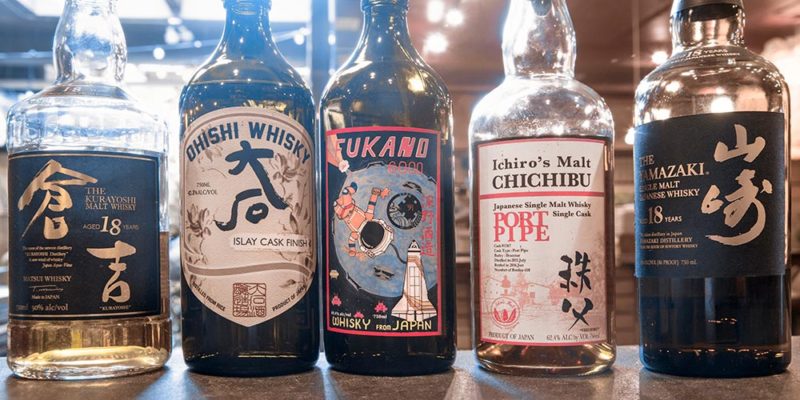Last Updated: 2/4/2021
No country has changed the trajectory of recent whisky history more than Japan. That’s a bold statement considering the Western origin of this barrel-aged spirit. Whisky was entirely foreign to Japan for hundreds of years until it was introduced by force to the isolated nation in 1853.
The Japanese did not immediately embrace this barrel-aged grain spirit. Its prominence steadily increased, however.
Today Japan is the fourth-largest producer of whisky in the world. Much of this output is of exceptional quality. And whisky drinkers want more. The demand for Japanese whisky has reached a fever-pitch, with prices surging.
Continue reading to learn how Japan gained prominence in the whisky world.
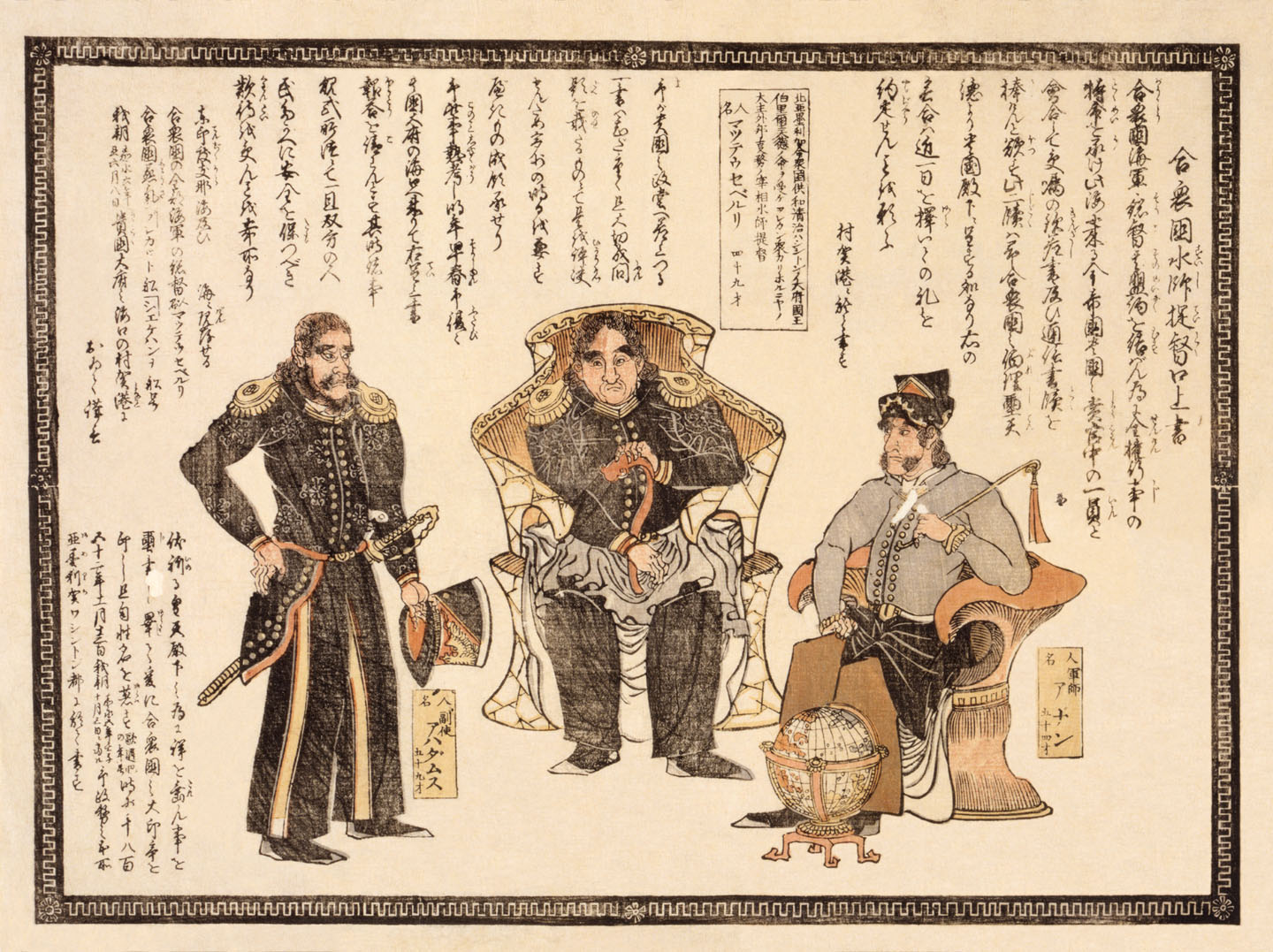
The history of Japanese whisky begins at the source. Whisky is a spirit of Celtic origin that emerged during the 15th and 16th centuries. It’s been lionized by Scotch as well as Irish whiskey in the centuries since.
Whisky would later spread through western Europe and eventually to the New World, cementing its place as a unique Western spirit.
An End to Isolation and the Historic Beginning of Japanese Whisky
The history of Western spirits in Japan is relatively recent. Japan had been closed to outsiders for over 200 years before 1853. This isolation came to a dramatic end when the American Commodore Matthew Perry rolled into Tokyo Harbor with a small fleet of advanced warships demanding the two countries begin trading.
The Convention of Kanagawa was formalized under the threat of force. Trade between the West and Japan began anew.
Perry’s crew left a 110-gallon barrel of whisky for the Japanese as a parting gift. The dark, mysterious spirit was a big hit. But there was a problem: no one knew how to recreate the barrel’s contents.
Early attempts at whisky production did not go well. Without technical know-how, production of all sorts of dangerous distillate ensued over the following decades. In 1918, a US Navy officer stationed in Hokkaido warned of the dangers of consuming the available Scotch knock-offs. This rotgut, dubbed “Queen George,” turned the alcohol-hardened sailors upside down rapidly.
Wakon Yosai!
Wakon yosai (和魂洋才) means “Japanese spirit with Western learning.” This phrase became the rallying cry for the Japanese after the reintroduction to the West. The term continued through the early 20th century.
The Japanese had realized, due to their isolation, they were very far behind the West. This posed an existential risk to their autonomy.
In response, Japan sent ambassadors and scientists across Europe and North America to learn about modern governance, science, and education.
Taketsuru Goes to Scotland
During this period of enlightenment, a young chemist named Masataka Taketsuru was beginning a legendary career. Settsu Liquor Company was his employer. They had him mixing grain alcohol with other ingredients (juice, spices, and perfume) to approximate whisky.
Luckily, the futility of these early, toxic experiments became apparent to the company. Taketsuru-san was to begin studying formal whisky production in Scotland. His boss was Kiichiro Iwai (岩井喜一郎), the eventual founder of Mars Whisky.
Taketsuru would attend the University of Glasgow in 1918 and then a variety of apprenticeships at distilleries. Brief stints at two Speyside distilleries gave him experience. Longmorn introduced him to blended whisky. While at Bo’ness distillery, he would learn about the use of Coffee stills for grain whisky distillation.
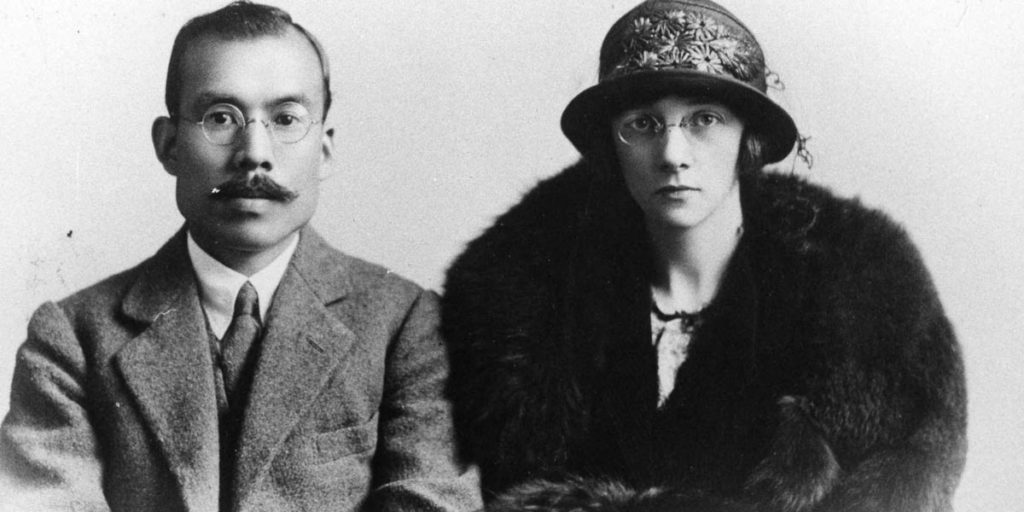
Taketsuru would take a break to marry Rita Cowan in 1920, after which they moved to Campbeltown. He took a longer apprenticeship at Hazelburn, where his education would advance further. Taketsuru took detailed notes of the entire production process.
The young couple would travel back to Japan at the end of 1920. Taketsuru resumed his employment at Settsu. However, the company wasn’t interested in starting serious operations as a whisky distillery, so Taketsuru quit. Rita held things together by teaching English while her husband looked for work.
Two Titans Meet
Taketsuru would not be unemployed for long. Shinjiro Torii, another Japanese whisky pioneer, had heard of Taketsuru. Torii’s company Kotobukiya was opening a distillery in Yamazaki and needed his expertise.
Kotobukiya had become a successful wine import and distribution business. Their original product, Akadama Port Wine, had become a success domestically, but Torii wanted to manufacture whisky.
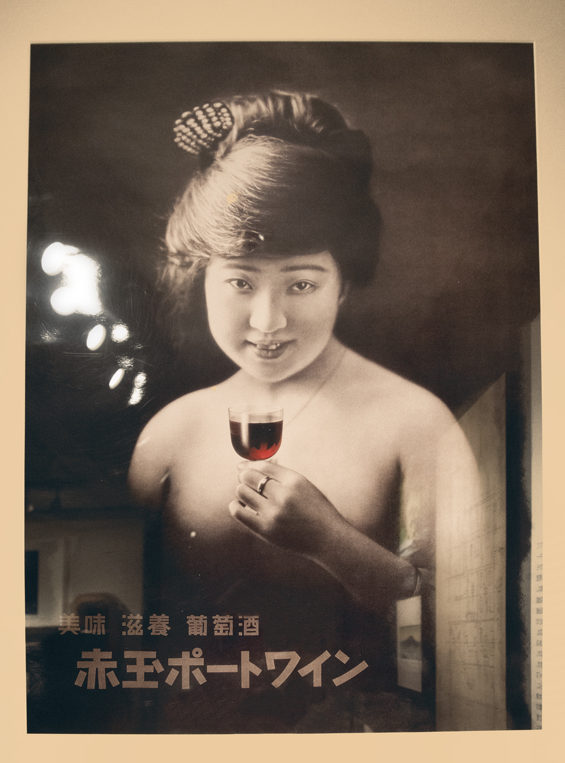
The two men would agree to a lucrative ten-year contract that would become one of the most significant moments in Japanese whisky history. Taketsuru’s guidance was crucial in developing the Yamazaki Distillery. It opened in 1923 as the first operating whisky distillery in Japan.*
*Eigashima holds the first distillery license from 1919. However, there is no evidence they produced any whisky.
Early Days of Yamazaki
The world-famous, luxury whisky distillery Yamazaki started with a whimper. Half a decade was spent tweaking the production process and searching for character and quality.
Much of the early Yamazaki whisky wasn’t very good.
In 1929, Suntory Shirofuda White Label became the first authentic Japanese whisky. Unfortunately, the Japanese were not ready for it, and sales were poor. Torii was not pleased. So he demoted Taketsuru to beer manager at a plant in Yokohama.
With just one year remaining on his contract, Taketsuru decided his time was up and quit.
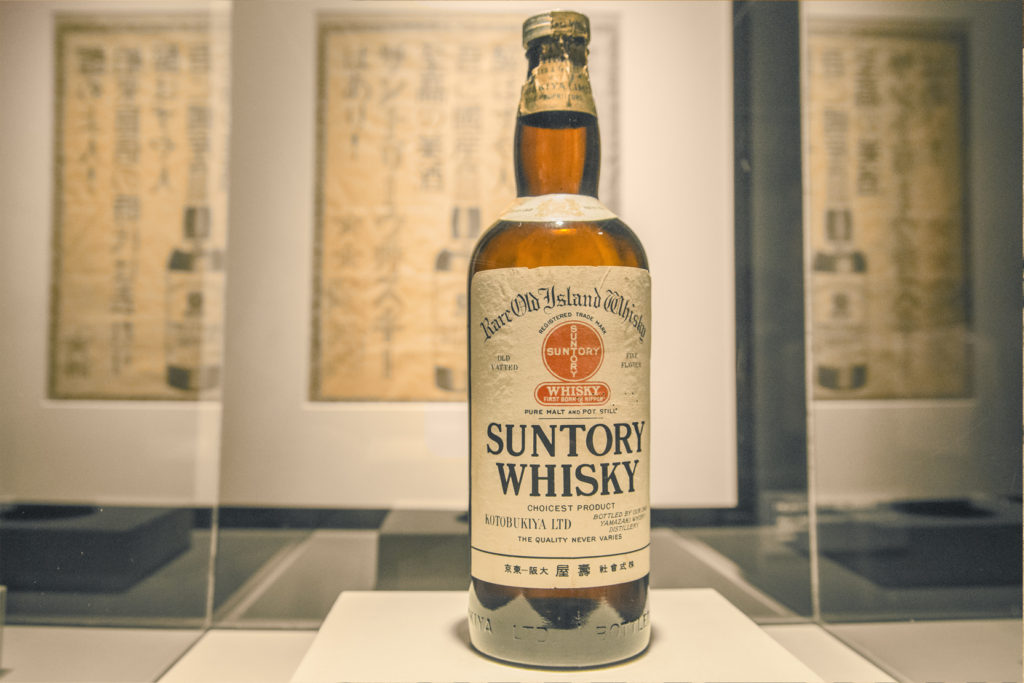
Yoichi and the Birth of Nikka
Once again, Taketsuru’s wife Rita was responsible for bringing home the bacon.
And as fortune would have it, one of her English students was married to a wealthy investor. Word passed to him of Taketsuru’s whisky prowess, and he wanted to become the primary investor in a new whisky distillery in Yoichi, Hokkaido.
The company Taketsuru founded was called Dai Nippon Kajuu K.K.: the “Great Japan Fruit Juice Company.” That is an odd name for a whisky producer. However, the company also produced apple products to sustain the business and please some of the investors.
The Yoichi Distillery would fire up its stills for the first time in 1936 and release its first product, Nikka Whisky (a shortening of the company name), four years later.
Recommended Whisky Products
As an Amazon Associate I earn from qualifying purchases.
Kakubin
While Taketsuru was founding Nikka, Torii was forging forward with his own whisky enterprise. Suntory released Kakubin whisky in 1937. It would become a historic triumph for the company.
Kakubin means “square bottle.” It ultimately became the most successful whisky brand in Japan. Suntory Kakubin is still ubiquitous across the country though not in the US.
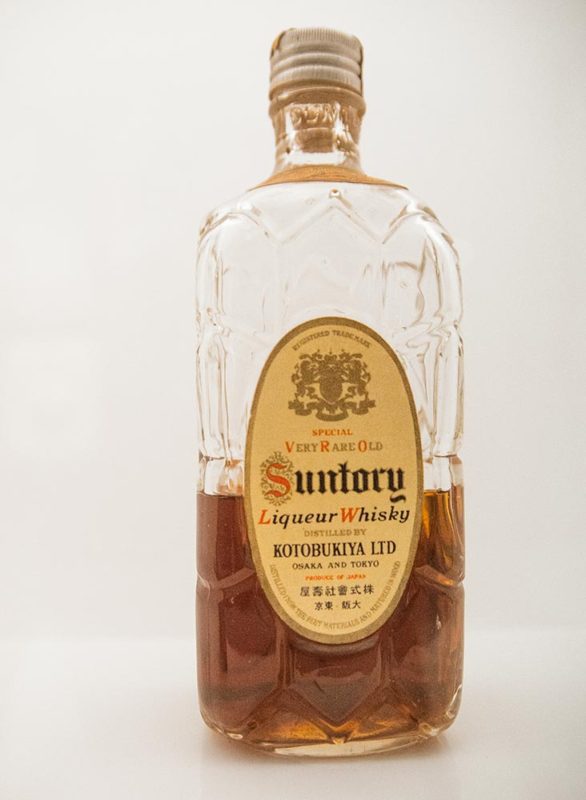
Japanese Whisky and the Military
During this time, Japan was fighting in World War II. The military required all companies to supply them with resources. Luckily for Suntory and Nikka, the military loved whisky.
The Imperial Navy was especially fond of the Western spirit, and the port town of Yoichi was home to a major installation. The navy basically took over the distillery to make whisky for rations. This forced connection would help Nikka survive its early years and allowed Suntory to prosper.
Rebuilding and the Rise of Japanese Whisky
Even after Japan’s surrender in WWII, the military was a big supporter of the big whisky distilleries. It was the American military this time, and the companies would receive favorable treatment once again. The Japanese public saw whisky as a modern beverage. At first, it was consumed primarily by wealthy businessmen and the occupying military. Imported Scotch was limited. Suntory and Nikka were the primary suppliers of domestic whisky after the war. Slowly at first, whisky began to become more popular in Japan. High-end Japanese whisky and Scotch were popular among the upper class, while the cheaper stuff caught on with the working class. The everyday salaryman fell into the latter group, among which whisky highballs were another favorite.
In 1946, the Hanyu distillery began producing whisky in Hanyu, Saitama. This distillery made the original Golden Horse* blended whisky brand. Continuous column whisky was the backbone of their early production.
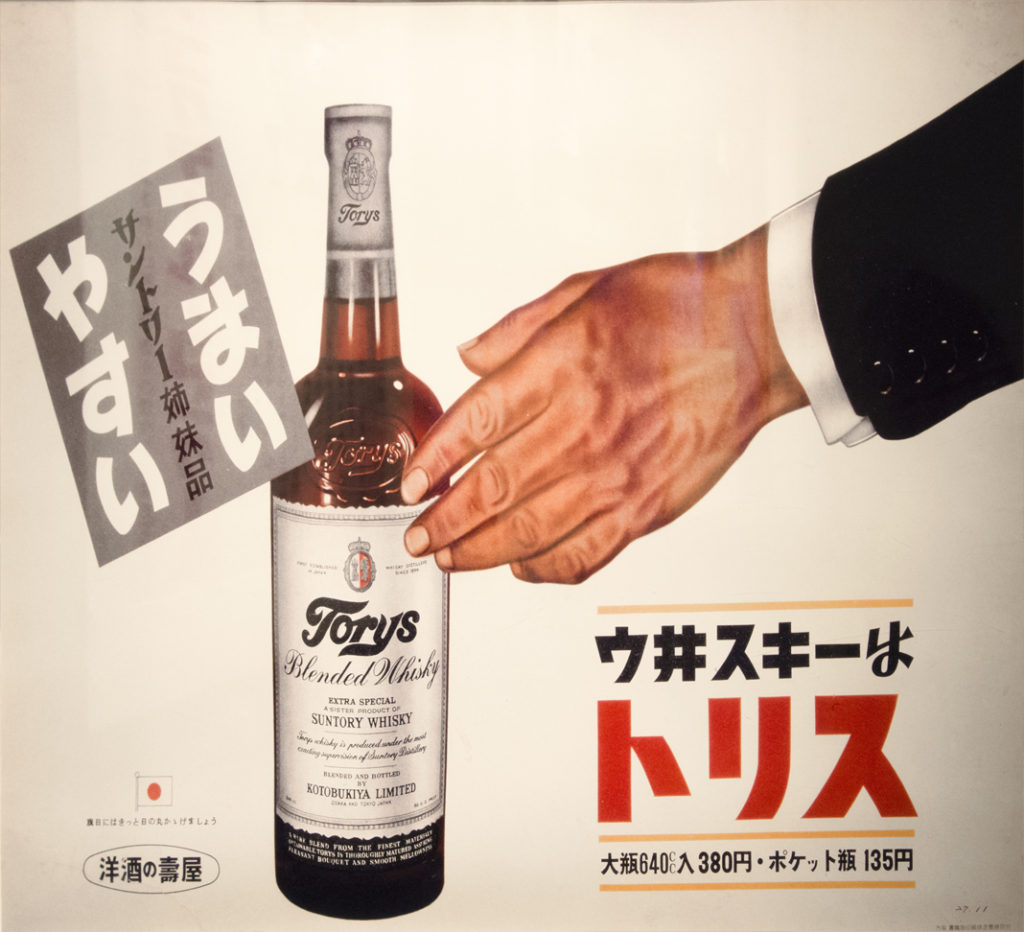
In 1955, Torys Bars and Suntory Bars opened up all over Tokyo and Osaka. They would be all over the country rapidly. These bars were centered around affordable whisky and resembled English pubs. They helped fuel the whisky expansion to all corners of Japan.
There was also some tragedy during this time. Rita Taketsuru, Masataka’s wife, died in January 1961 at the age of 64. Masataka was devastated, of course. She made critical contributions to Nikka’s success, making Rita an unexpected icon of Japanese whisky history.
This period of growth saw the rise of other new whisky producers. The legendary Karuizawa distillery started production in 1956. Miyagikyo became Nikka’s second distillery in 1969. Suntory would respond four years later with the Hakushu and Chita distilleries. The beer company Kirin founded Fuji Gotemba the same year. Finally, the Mars Shinshu distillery would begin operations in 1985.
Japanese Whisky Goes Bust
Domestic whisky consumption and sales continued to rise, peaking in the early 1980s. However, a gloomier picture was beginning to emerge by the end of the decade.
The Japanese government had long instituted protectionist tax rates against imported spirits. Other whisky-producing nations demanded they reform.
Taxing spirits by alcohol percentage was also being requested. Suddenly, there was a lot of high-quality and fairly-priced competition from Scotland. These reforms also afforded shochu a lower tax rate— just as its popularity was surging with younger drinkers. All of these changes hurt the market for Japanese whisky. And the worst was yet to come.
Economic stagnation in Japan brought about a period dubbed the “Lost 10 Years”. Whisky became associated with the salaryman, now derided as a symbol of the bust by some. Shochu and other clear spirits once again gained market share.
Distilleries began closing around this time, starting with Hanyu. In 2000 they sold their remaining stocks and equipment. The Karuizawa distillery closed the following year, and Mars Shinshu shortly after that.
These events marked the bottom of the decline in Japanese whisky sales. The remaining producers continued to create high-quality distillate, but production volumes were limited. Some signs of positive change began emerging around this time, however.
The Historic Comeback of Japanese Whisky
Japanese whisky’s comeback started with Yoichi. A 10-year single malt won the top prize at a Whisky Magazine international blind-tasting. Nearly two decades of awards and honors have followed. Yoichi, Yamazaki, Hibiki, Hakushu, and Miyagikyo each won top prizes. Newcomer Ichiro’s Malt also got in on the action.
All these accolades didn’t happen in a vacuum. Demand for premium Japanese whisky began rising swiftly— and then Bill Murray happened. The hit Lost in Translation featured Bill struggling over a dram of Hibiki 17 and a language barrier. This humorous scene was a powerful introduction of Suntory and Japanese whisky to the mainstream global market, and it further fueled demand.
Around this time, another exciting development in Nippon whisky history was taking root. Ichiro Akuto, whose family owned the shuttered Hanyu, purchased the remaining stocks from the distillery and founded Venture Whisky. He began blending and bottling the whiskies under the brand Ichiro’s Malt. His Card Series generated staggering enthusiasm and prices.
In 2007, Akuto-san founded the Chichibu distillery in Saitama. Four years later, 7,400 bottles of Ichiro’s Malt “The First” became available. It sold out in 24 hours!
Other producers would begin cashing-in on the surging demand for Japanese whisky. Mars Shinshu would resume operations in 2011 with a new set of copper stills. Eigashima’s White Oak Distillery began increasing its quality and output after decades of making cheaper whisky for the domestic market. And finally, Akkeshi began production of terroir-driven whiskies in Hokkaido.
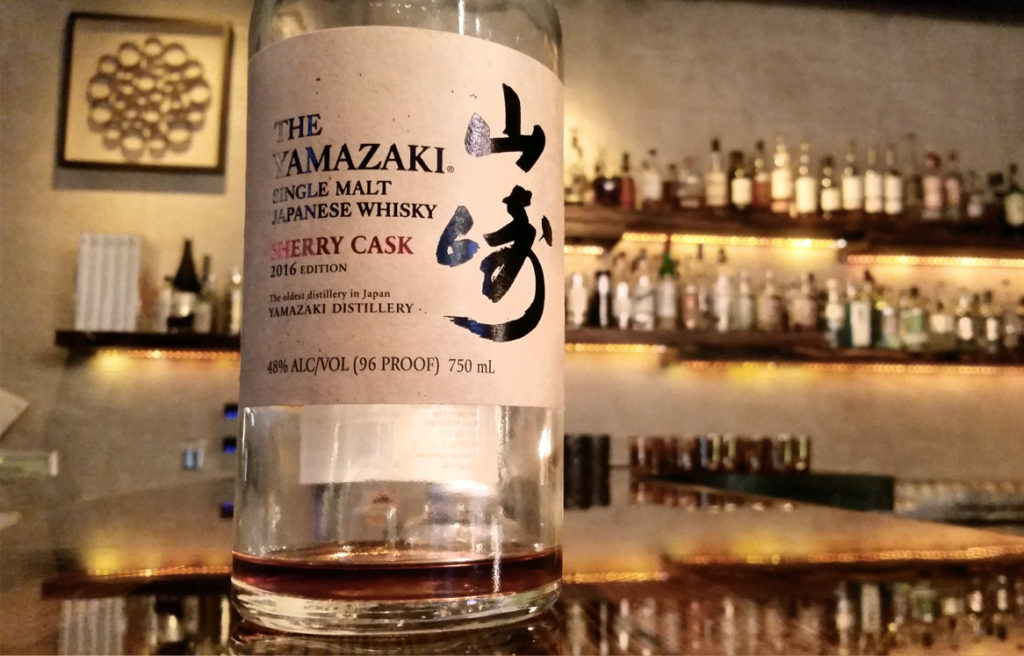
Death of the Age Statement
Booming demand for Japanese whisky has come at a steep price. As previously stated, the slump of the 1990s led to a significant decrease in production. For the last decade or so, there haven’t been sufficient stocks to meet the demand. Age statement whiskies are being replaced with NAS brands instead.
There is hope that the market will see a return of great whiskies like Nikka’s Taketsuru 21-Year or Hibiki 12, but only time will tell. For now, you can still go out and find discontinued age statement whiskies for sale— just with significant markups over the release prices.
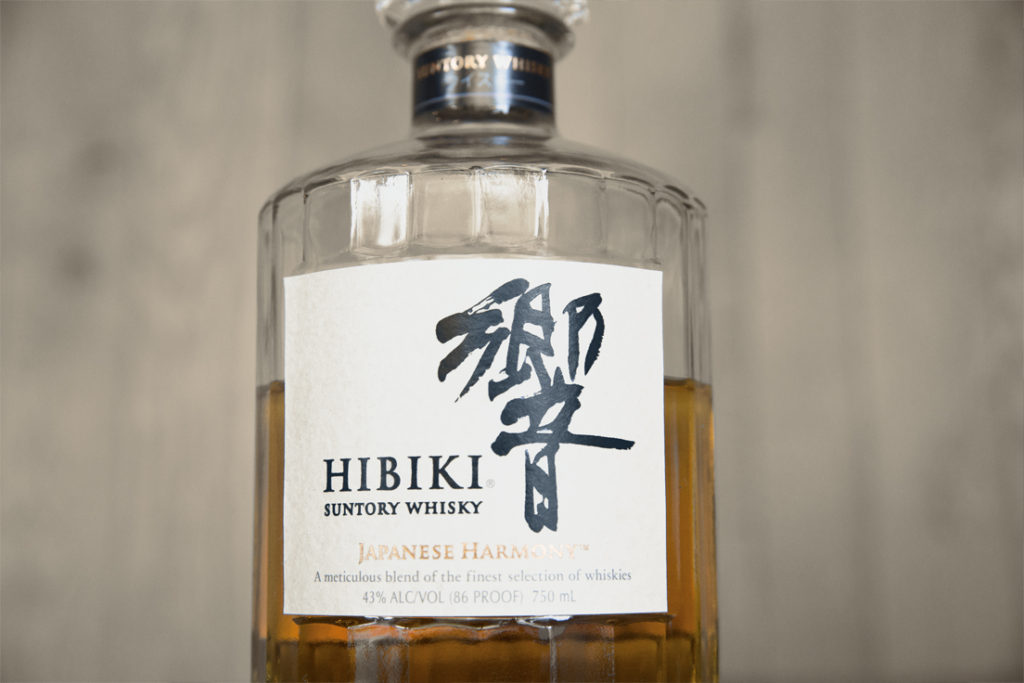
Japanese Whisky Market Today
The Japanese whisky market is red-hot. Producers are adapting but also struggling to keep up with the staggering demand for their premium labels.
Several players have emerged to fill in this space. Some of them have promising futures, while others are redefining the entire whisky category. Finally, some of them are using unscrupulous methods and labeling practices to deceive. This all adds up to a pretty exciting time in Japanese whisky history!
Check out “The Japanese Whisky Market Today” to learn more about the current state of the industry, new producers, and a revolution in whisky.
Sources and Recommended Links
A variety of sources were used to compile this Japanese whisky history post.
Office of the Historian. The United States and the Opening to Japan, 1853. US Department of State.
Stefan Van Eycken. Whisky Rising: The Definitive Guide to the Finest Whiskies and Distillers of Japan. Cider Mill Press.
Stephen Lyman and Chris Bunting. The Complete Guide to Japanese Drinks. Tuttle Publishing.
Lost Decade (Japan), 竹鶴政孝. Wikipedia.
Masataka Taketsuru, the founder of Nikka and father of Japanese whisky. Nikka Whisky.
Nikka Whisky History. Nikka Whisky.
Jon Mitchell (11/28/2010). The Rita Taketsuru Fan Club. The Japan Times.
History: Timeline. Suntory.
Mars Whisky. Hombo Shuzo.
Follow the Japanese Bar on Social Media
Connect with our latest posts, the newest Japanese beverage info, and get exclusive promotional offers. Level-up your Japanese whisky IQ!



